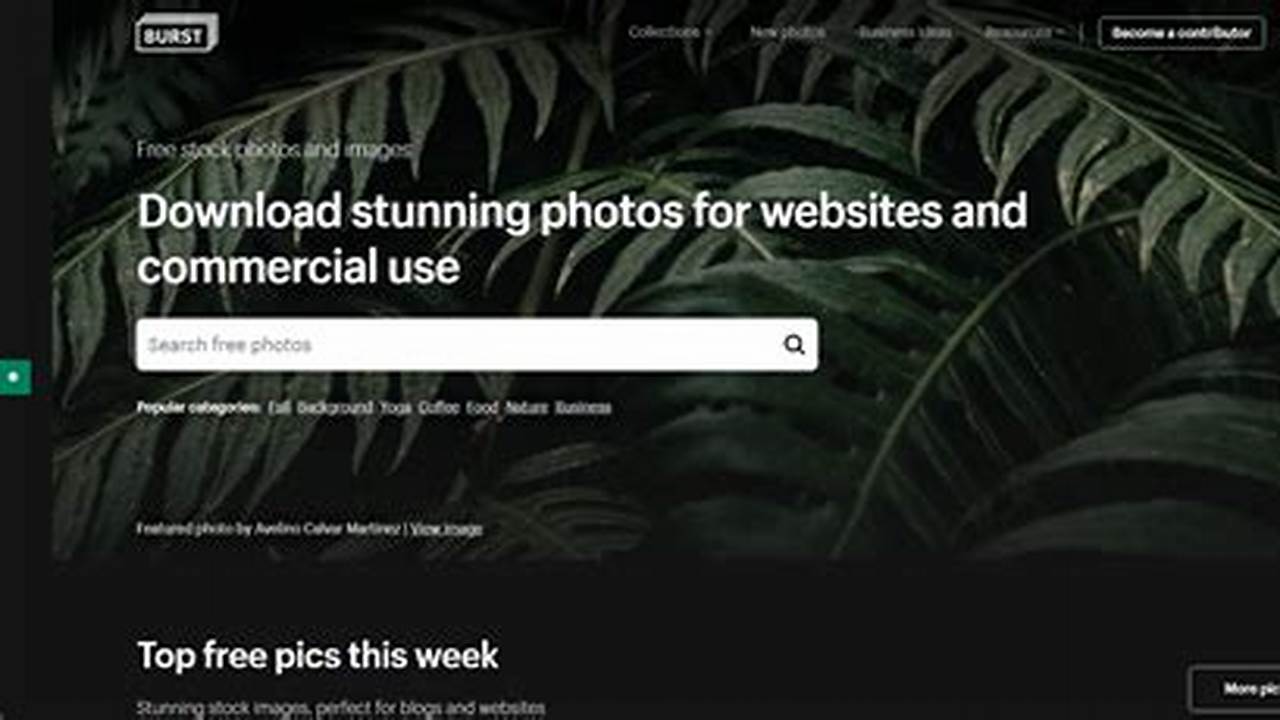
High-quality, royalty-free imagery is crucial for various online and offline projects, from website design and blog posts to marketing materials and presentations. Finding readily available and cost-effective image resources is essential for both individuals and businesses. This article explores the landscape of no-cost stock photography platforms that offer comparable or superior options to popular services like Unsplash, focusing on platforms that provide exceptional image quality and flexible usage rights.
Diverse Image Libraries
Several platforms offer extensive collections of images spanning various themes, subjects, and styles, ensuring creators can find visuals that precisely match their project requirements.
Flexible Licensing Options
Understanding licensing terms is paramount. Many platforms provide images under licenses like Creative Commons Zero (CC0), allowing unrestricted use, modification, and distribution without attribution.
High-Resolution Images
Image quality is critical for professional projects. Several Unsplash alternatives offer high-resolution downloads suitable for print and large-format displays.
Easy Search and Navigation
Efficient search functionality and intuitive site navigation are essential for quickly locating the perfect image. Platforms with advanced filtering and tagging systems streamline the search process.
Community and Contribution
Some platforms foster thriving communities of photographers, encouraging contributions and creating a dynamic environment for discovering fresh perspectives.
Curated Collections
Curated collections, often assembled by topic or style, offer a convenient way to discover high-quality images specifically tailored to particular needs.
API Integration
For developers and businesses with specific workflow requirements, platforms with API access enable seamless integration with existing systems and applications.
No Attribution Required (Often)
While attribution is always appreciated, many platforms do not mandate it, simplifying the workflow for creators.
Commercial Use Permitted
The ability to utilize images for commercial projects is crucial for businesses and marketers. Many free stock photo platforms explicitly permit commercial usage.
Regularly Updated Content
Platforms that consistently refresh their libraries with new content ensure users have access to a constantly evolving selection of imagery.
Tips for Choosing the Right Platform
Consider Project Needs: Evaluate the specific image requirements for your project, including resolution, style, and subject matter.
Understand Licensing: Carefully review the licensing terms of each platform to ensure compliance with usage restrictions.
Explore Search Functionality: Test the search and filtering options to determine the platform’s ease of use and efficiency.
Assess Image Quality: Preview images at full resolution to ensure they meet your quality standards.
Frequently Asked Questions
What are the advantages of using royalty-free images?
Royalty-free images eliminate the need for ongoing licensing fees, making them a cost-effective solution for various projects.
Are all royalty-free images completely free to use?
While most royalty-free images are free to use, it’s essential to review the specific license agreement for any potential restrictions.
Where can I find high-quality royalty-free images?
Numerous online platforms offer extensive collections of high-quality, royalty-free images. Research and compare platforms to find the best fit for your needs.
Can I modify royalty-free images?
Many royalty-free licenses permit modifications to images. However, it’s always advisable to verify the specific license terms.
How can I ensure I’m using royalty-free images legally?
Always review and adhere to the license agreement associated with each image. When in doubt, attribute the photographer or source.
Accessing high-quality, royalty-free imagery is essential for effective visual communication in today’s digital landscape. By exploring the various alternatives to established platforms, creators can discover diverse image resources that meet their specific project needs and budgetary constraints.
